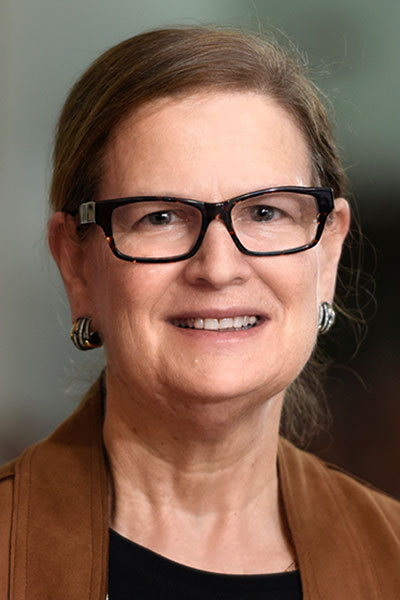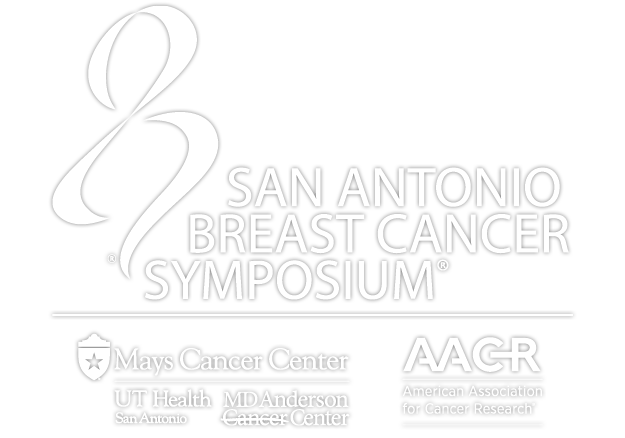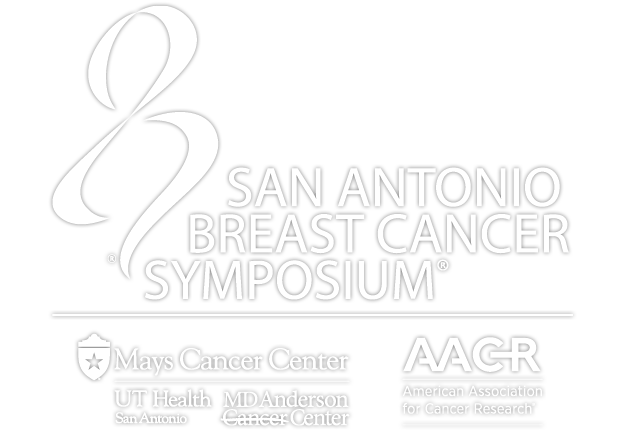C. KENT OSBORNE HER2 AND ER CROSSTALK: SIGNALING THE MECHANISMS AND CLINICAL IMPLICATIONS SYMPOSIUM
Wednesday, December 7 • 11:00 am – 12:00 pm CT • Hall 3

Presentation: Oncogene signal transduction and antiestrogen resistance
Rachel Schiff, PhD
Professor, Department of Medicine and Molecular and Cellular Biology
Lester & Sue Smith Breast Center
Baylor College of Medicine, Houston, TX
What is your presentation about?
My presentation focuses on how multi-directional crosstalk between estrogen receptor (ER), HER2 and its downstream signaling, and ER co-regulators impacts treatment resistance. This crosstalk alters ER levels and activity, as well as the activity of ER co-regulators, resulting in endocrine resistance and transcriptional reprogramming associated with metastatic propensities. As an additional crucial implication of this crosstalk, ER blockade increases HER2 levels and HER2 blockade increases ER levels. Therefore, the levels and activity of both the HER and ER pathways need to be monitored and, when warranted, co-inhibited to prevent or overcome either endocrine resistance or resistance to anti-HER2 therapies.
What makes this topic important in 2022?
Despite effective endocrine and anti-HER2 therapies, treatment resistance is still a clinical challenge. Studying the crosstalk between HER2 and ER that leads to endocrine resistance has elucidated fundamental molecular concepts, including those with impact on therapeutic strategies, some of which are under investigation in current clinical trials. These concepts are also relevant to the mechanisms by which other more recently identified key growth factor receptor pathways or their downstream signaling kinases modulate ER plasticity and contribute to endocrine resistance and metastasis. Therefore, genomic alterations of these pathways need to be identified and continuously monitored for precision therapeutic interventions that can be investigated for use in combination with next generation endocrine agents.
How/why did you become involved with this area of breast cancer research or care?
About 75% of all breast cancers are ER-positive. Despite effective endocrine therapies to block the ER pathway, resistance is often inevitable, especially in the metastatic setting. Therefore, better understanding of the mechanisms of endocrine resistance and the development of new treatment strategies to prevent or overcome them have the potential to impact the lives of many patients with breast cancer. Early clinical and preclinical observations have indicated a role for HER2 in resistance to endocrine therapy, guiding our group to study the multi-faceted interactions of these two pathways and the mechanisms by which they lead to cross-resistance to the targeted therapies aimed at either the ER or HER2 pathways. These studies further prompted us to explore additional mechanisms of resistance to anti-HER2 therapy, with some pointing to the need for dual therapy for more complete inhibition of signaling from the entire family of HER receptors. Clinical trials that emerged from these findings suggest that complete inhibition of the HER2 pathway with dual anti-HER2 therapy, along with inhibition of ER if tumors are ER-positive, may eradicate a clinically significant portion of these tumors.



